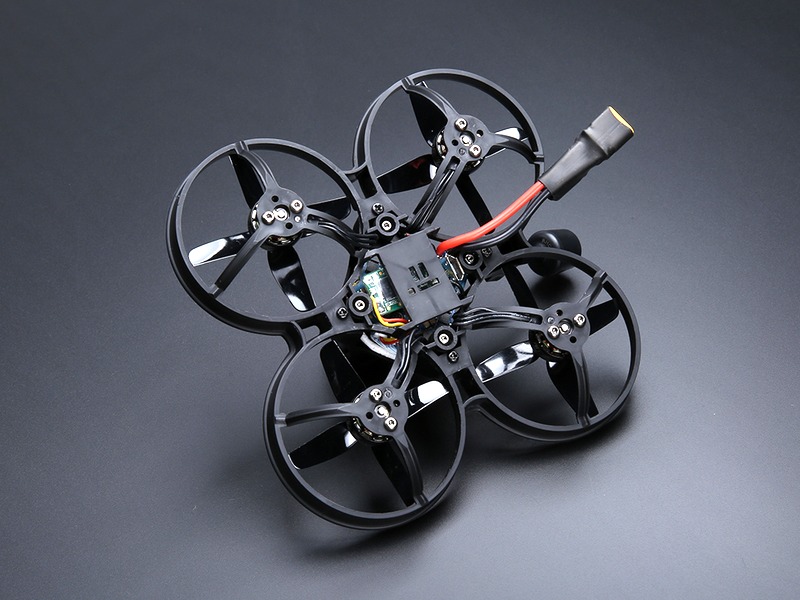How fast can drones fly?

The speed of a drone depends on several factors, such as its size, weight, and type of propulsion system. Smaller drones typically fly faster than larger drones, since they have less drag and can take advantage of the higher thrust-to-weight ratio. However, larger drones can also be designed to fly faster if the right propulsion system is used.
Generally, most drones are capable of flying at speeds between 20 and 60 mph. This range is suitable for most applications, such as aerial photography, surveying, and package delivery. Some drones are capable of reaching much higher speeds, up to 120 mph or more. These faster drones are typically used for racing or other extreme sports.
The type of propulsion system used in a drone can also affect its top speed. The most common type of propulsion system is a multi-rotor system, which consists of multiple rotors that spin in opposite directions to generate lift. The thrust generated by these rotors is limited, so multi-rotor drones typically have a top speed that is lower than other types of drones.
Another type of propulsion system is a jet engine, which is capable of generating much higher thrust than a multi-rotor system. Jet-powered drones are capable of reaching much higher speeds, up to 200 mph or more. These drones are typically used for military applications, such as reconnaissance and surveillance.
The environment in which the drone is flying can also affect its speed. Wind and air temperature can both affect a drone’s performance, and can limit its top speed. Additionally, the design of the drone’s body can affect its speed. A well-designed drone will be aerodynamic and will be able to fly faster than a poorly designed drone.
Finally, the pilot’s skill level can also affect the speed of a drone. An experienced pilot will be able to fly a drone faster than a novice pilot, as they will be able to take advantage of the drone’s capabilities and make use of maneuvers such as banking and diving.
In conclusion, the speed of a drone can vary greatly depending on its size, weight, propulsion system, environment, and pilot. Generally, most drones are capable of flying at speeds between 20 and 60 mph, while jet-powered drones can reach speeds of up to 200 mph or more.
Comments / Question
2. Propellers: Larger propellers generate more thrust, allowing for faster speeds.
3. Battery life: The amount of time the battery can provide power to the drone directly affects the speed of the drone.
4. Wind: Wind can affect the speed of the drone, both positively and negatively.
5. Air temperature: Warmer air is less dense and provides less resistance, allowing the drone to fly faster.
6. Control inputs: If the pilot is not skilled or is making too many inputs, the drone’s speed will be affected.
7. Motor power: The power of the motors and the size of the propellers directly affect the speed of the drone.

